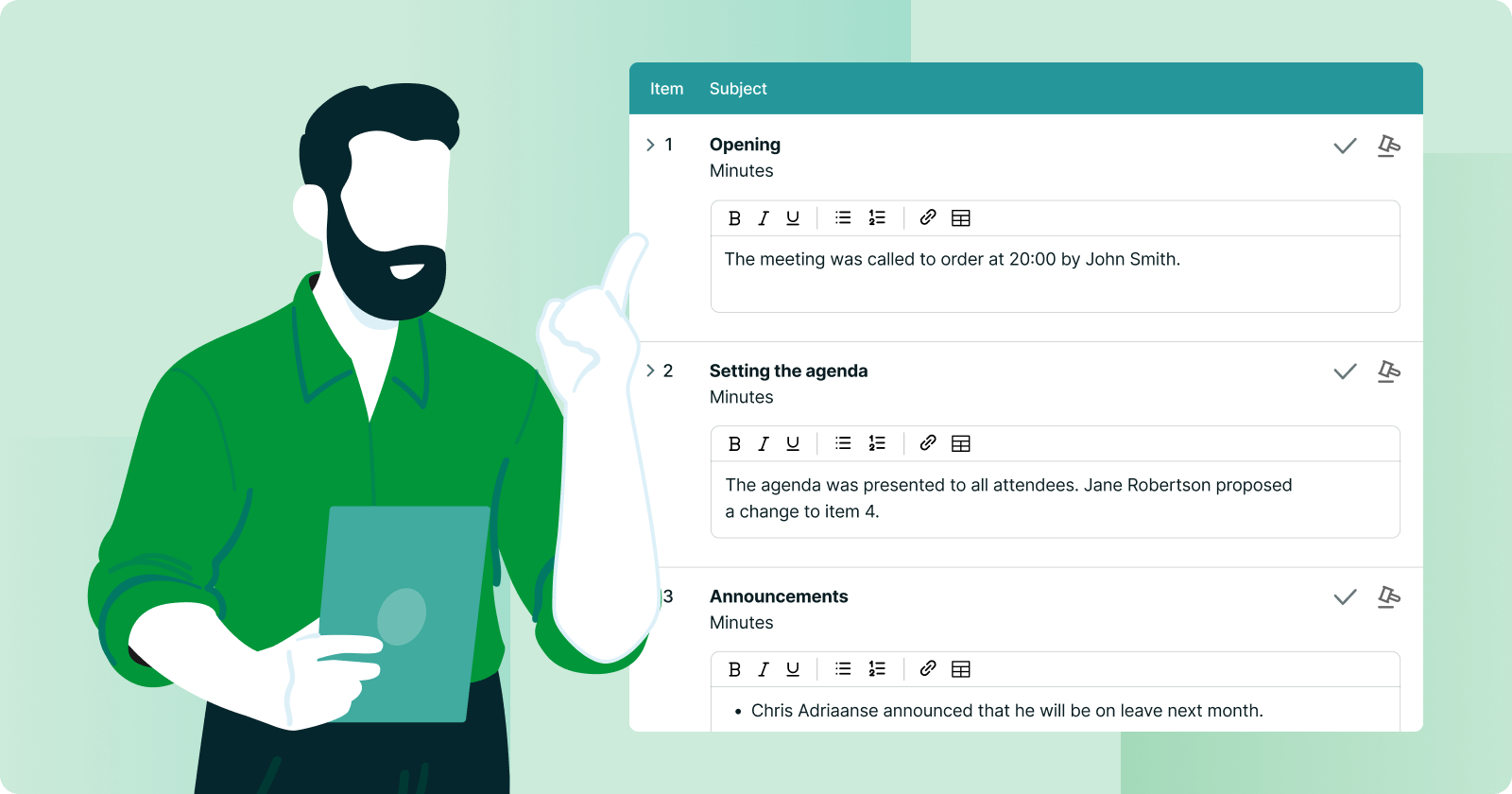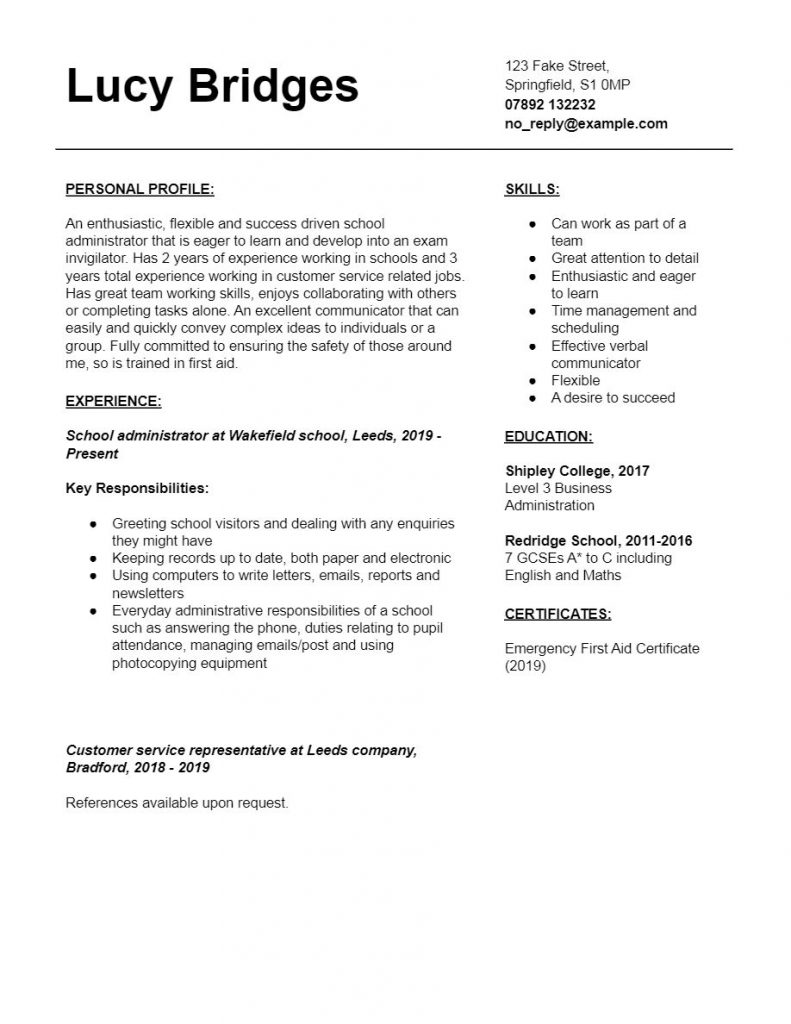How to Become a Award in Improving Personal Exercise: Expert Tips
Are you ready to transform your fitness routine into something truly remarkable? Imagine waking up each day knowing you’re not just exercising, but you’re excelling, pushing boundaries, and achieving goals you once thought impossible.
Becoming an award-winning expert in personal exercise improvement is within your reach, and it starts with understanding the steps to get there. This guide is your personal roadmap to success, designed to empower you with the knowledge and motivation needed to elevate your fitness game.
Dive in to discover how you can turn your workouts into award-winning performances and inspire others with your commitment and results. Keep reading, because the next few minutes could change your exercise journey forever.
Setting Personal Fitness Goals
Achieve recognition in personal exercise by setting clear, realistic fitness goals. Focus on incremental progress and consistency. Celebrate small victories to stay motivated and engaged in your journey.
Setting personal fitness goals is the cornerstone of any successful exercise journey. It transforms your ambition into tangible targets. With clear goals, you can measure progress, stay motivated, and celebrate achievements. But how do you set these goals effectively?
Identify Your Why
Understanding why you want to improve your fitness is crucial. Is it to boost your energy levels, improve your mood, or simply feel healthier? Reflect on your motivation. Your reasons will guide your path and keep you focused.
Make Goals Specific And Measurable
Vague goals like “get fit” can be overwhelming. Be specific about what you want to achieve. Aim for “run 5 kilometers in 30 minutes” or “do 20 push-ups daily.” These goals are measurable and provide clear benchmarks for success.
Set Achievable Targets
Ambitious goals are great, but they should be realistic. Start small and build up. If you’re new to running, aim to jog for 10 minutes before tackling that marathon. Progress in achievable steps, and you’ll avoid discouragement.
Time Your Goals
Set deadlines to maintain momentum. Decide when you want to reach your target. If you plan to lose 5 kilograms, specify a timeframe like “within three months.” A timeline fosters urgency and keeps you accountable.
Track Your Progress
Regularly monitor how you’re doing. Use apps or journals to record workouts and achievements. Seeing progress boosts motivation. It’s rewarding to look back and notice how far you’ve come.
Be Flexible
Life can be unpredictable. Sometimes, you might need to adjust your goals. Stay open to change. If you’re injured or busier than expected, modify your targets. Flexibility prevents frustration and keeps you on track.
Celebrate Small Wins
Recognize and appreciate every victory, no matter how minor. Celebrating small wins keeps enthusiasm alive. Treat yourself after reaching a milestone. This positive reinforcement encourages further success. Are you setting the right goals for your fitness journey? What motivates you to push forward and achieve your targets? Your answers might reveal what you need to tweak in your approach.

Creating A Balanced Workout Plan
Creating a balanced workout plan is like piecing together a puzzle. Each type of exercise plays a vital role in your overall fitness. You need to think about which pieces fit your lifestyle and goals best. Let’s break down the essential elements—cardio, strength training, and flexibility—that you should include for a well-rounded regimen.
Incorporating Cardiovascular Exercises
Cardio is the heartbeat of your workout routine. It boosts your endurance and helps burn calories efficiently. Consider activities like brisk walking, running, cycling, or swimming. They all get your heart pumping and elevate your energy levels.
Start with sessions lasting 20-30 minutes. Gradually increase the duration or intensity as your stamina improves. Ask yourself: How can you make cardio fun? Try mixing it up with dance workouts or team sports to keep things exciting.
Strength Training Essentials
Strength training builds muscle and increases bone density. It’s crucial for maintaining a healthy weight and improving posture. Begin with basic exercises like squats, push-ups, and lunges. These can be done with or without weights.
Focus on form rather than speed. Aim for 2-3 sessions per week, allowing a day of rest in between. Why not track your progress? Keep a journal to note your reps and weights. This will help you see your growth and stay motivated.
Flexibility And Stretching Routines
Flexibility is the unsung hero of your workout plan. Stretching prevents injuries and improves your range of motion. Include a mix of static and dynamic stretches. Try yoga or Pilates for a structured approach.
Dedicate 5-10 minutes to stretching at the end of each workout. It’s an excellent time to unwind and reflect. How does your body feel after stretching? Notice the ease in your movements and the relaxation in your muscles.
Building a balanced workout plan means tailoring it to fit your life. Listen to your body, challenge yourself, and most importantly, enjoy the journey. What’s your next step towards a healthier lifestyle?
Building Healthy Habits
Building healthy habits is key to improving personal exercise routines. These habits form the foundation of a lifestyle that supports your fitness goals. Consistency, tracking progress, and making necessary lifestyle adjustments are essential components. Each plays a vital role in achieving an award-worthy exercise regimen.
Consistency In Exercise
Consistency is the cornerstone of any successful exercise program. It helps your body adapt to physical demands. Regular workouts boost endurance, strength, and overall fitness. Set a schedule that fits your life. Stick to it. Even short sessions make a difference. Prioritize exercise as part of daily activities.
Tracking Progress Effectively
Tracking progress keeps you motivated. It shows how far you’ve come and where you’re headed. Use a journal or an app. Record your workouts, achievements, and any setbacks. Analyze patterns. Adjust your routine based on data. Celebrate small victories. They lead to big changes over time.
Making Lifestyle Adjustments
Making adjustments to your lifestyle complements your exercise routine. Balance your diet with your fitness goals. Ensure adequate sleep. Manage stress levels effectively. Incorporate active habits in daily life. Walk instead of driving. Take stairs, not elevators. These changes enhance your fitness journey.
Nutrition And Hydration
Achieving excellence in personal exercise requires more than just physical effort. Nutrition and hydration play a crucial role in enhancing your workout performance. Providing your body with the right nutrients and staying hydrated ensures sustained energy levels and boosts recovery. Dive into how proper nutrition and hydration can elevate your exercise routine.
Fueling Your Body Right
Your body needs the right fuel to perform well during workouts. Eating a balanced diet rich in carbohydrates, proteins, and fats is essential. Carbohydrates provide energy, while proteins help in muscle repair. Healthy fats are crucial for overall health and endurance. Incorporate whole grains, lean meats, and nuts into your meals. Avoid processed foods and sugary drinks as they can lead to energy crashes. Listen to your body. It tells you what it needs.
Importance Of Staying Hydrated
Water is vital for exercise performance. It regulates body temperature and keeps joints lubricated. Dehydration can lead to fatigue and muscle cramps. Always drink water before, during, and after exercise. Consider adding electrolyte-rich drinks if you sweat a lot. Pay attention to your body’s signals. Thirst is an indicator of dehydration. Keep a bottle handy at all times. Staying hydrated improves focus and energy levels.
Overcoming Common Barriers
Overcoming common barriers in personal exercise can be challenging. Many people face obstacles on their fitness journey. These barriers can discourage even the most determined individuals. Addressing these challenges requires a clear strategy. With the right mindset, anyone can improve their fitness routine. This section will explore how to deal with common exercise barriers. Specifically, motivation and time management.
Dealing With Lack Of Motivation
Lack of motivation is a common barrier to exercise. It often stems from unrealistic goals. Start with small, achievable targets. Celebrate each milestone. This builds confidence and motivation. Create a workout routine that excites you. Choose activities you enjoy. This makes exercise feel less like a chore. Find a workout buddy. They can hold you accountable and make exercise fun. Track your progress. Seeing results can boost your drive.
Time Management Strategies
Busy schedules make finding time for exercise difficult. Prioritize your health by scheduling workouts. Treat them like important appointments. Break workouts into shorter sessions. This makes it easier to fit them into your day. Use your commute wisely. Walk or bike when possible. Combine exercise with family time. Play active games with your kids. Make the most of your weekends. Longer sessions can happen on days off.
Finding The Right Support System
Finding the right support system is crucial for improving personal exercise. A good support system keeps you motivated and accountable. It can be the difference between sticking to your routine and giving up. The right support can boost your confidence and push you towards your goals.
Engaging With Fitness Communities
Joining fitness communities can be a game-changer. These groups offer encouragement and shared experiences. You can connect with people who have similar goals. Share tips and learn new strategies. Whether online or in-person, communities provide a sense of belonging.
Being part of a community gives you access to collective wisdom. You can ask questions and get advice. Celebrate milestones together and find inspiration from others’ success. The mutual support enhances your commitment. It makes exercise a shared journey.
Working With Personal Trainers
Personal trainers offer tailored guidance. They create personalized workout plans for you. Trainers monitor your progress and adjust routines as needed. Their expertise ensures effective workouts. You get professional advice on technique and form.
Working with a trainer helps you stay focused. They motivate you to push harder and reach your goals. Trainers can introduce new exercises to keep your routine fresh. Their feedback is invaluable. It helps you improve and avoid injury.
Finding a trainer who understands your needs is essential. They become part of your support system. With their help, your exercise journey becomes structured and rewarding.
Incorporating Rest And Recovery
Rest and recovery play a crucial role in personal exercise improvement. These elements often go unnoticed, yet they are vital for achieving fitness goals. Incorporating rest days and proper sleep can enhance overall performance. It helps to prevent injuries and ensures your body is ready for the next challenge. Understanding the importance of rest and recovery can lead to more effective workouts. It also supports sustainable progress in your fitness journey.
Understanding Rest Days
Rest days are essential for muscle repair. They give your body time to heal. During exercise, muscles undergo stress and small tears. Rest allows these tears to heal, leading to stronger muscles. Without adequate rest, you risk overtraining. This can lead to fatigue and injuries. Taking regular rest days helps maintain motivation. It can also improve your exercise performance over time.
Benefits Of Proper Sleep
Sleep is a powerful tool for recovery. It supports muscle growth and repair. During sleep, your body produces growth hormones. These hormones aid in tissue repair and muscle building. Proper sleep reduces stress and improves mood. It also boosts your energy levels. Aim for at least seven hours of sleep each night. This ensures you wake up refreshed and ready to exercise.
Quality sleep enhances your focus and concentration. Better focus leads to more productive workouts. It helps you maintain the right form and technique. Sleep supports your immune system. A strong immune system aids in recovery and keeps illnesses at bay.
Staying Safe During Exercise
Staying safe during exercise is crucial for maintaining long-term fitness. Injuries can halt progress and dampen motivation. To truly excel, understanding safety measures is key. Adopt the right habits, and you can exercise with confidence.
Preventing Common Injuries
Warm up before starting any workout. This prepares your muscles and joints. Stretching can also reduce the risk of strains. Wear proper footwear to support your feet. Shoes with good cushioning can prevent foot and ankle injuries. Hydrate regularly to avoid cramps and fatigue. Always maintain correct form during exercises. Poor technique often leads to injuries.
Listening To Your Body
Your body sends signals when something is wrong. Pay attention to these signs. Feel pain? Stop and assess the situation. Pushing through pain can lead to serious injuries. Tiredness is a sign of overexertion. Rest is an essential part of any exercise routine. Ensure you get enough sleep. This helps your body recover and stay strong.
Adapting To Changing Needs
Adapting to changing needs in your exercise routine is crucial for continuous improvement. As you progress, your body requires different stimuli to keep growing stronger. Recognizing these shifts and making adjustments can lead to better results and sustained motivation.
Modifying Workouts As You Progress
Your workouts should evolve as you do. If you’re lifting weights, gradually increase the load to match your strength gains. This keeps your muscles engaged and challenged.
Consider changing your exercise type to target different muscle groups. If you’ve been running, switch to cycling or swimming to give your legs a break while still getting a solid workout.
Think about how your body feels. Are certain exercises causing discomfort? Adjust your form or swap them out for alternatives that don’t compromise your comfort or safety.
Setting New Challenges
It’s easy to fall into a routine, but routine can breed stagnation. Ask yourself: How can you push your limits today? Setting new challenges keeps you from plateauing.
Try setting a goal to run an extra mile or to do five more push-ups than yesterday. These small victories add up and keep you motivated.
Engage with a community or partner who shares your goals. They can offer support and new ideas to keep your exercise fresh and exciting.
Adapting your workout is not just about physical change—it’s about maintaining the mental drive to keep moving forward. How will you adapt today?
Frequently Asked Questions
What Is Personal Exercise Improvement?
Personal exercise improvement involves enhancing your workout routine for better fitness results. It focuses on increasing efficiency and effectiveness. This can be achieved through tailored exercise plans, proper technique, and consistent progress tracking. Setting clear goals and staying motivated are also crucial for successful personal exercise improvement.
How To Track Exercise Progress Effectively?
Tracking exercise progress involves monitoring workout intensity, duration, and frequency. Use fitness apps or journals to record details. Regular assessments help identify strengths and areas for improvement. Celebrating small achievements boosts motivation. Adjust plans based on progress to ensure continuous improvement and goal alignment.
Why Set Exercise Improvement Goals?
Setting exercise improvement goals provides direction and motivation. Clear objectives help focus efforts and measure success. Goals encourage consistency and accountability, leading to better results. They also enable personalized plans that cater to individual needs, ensuring a more effective and rewarding fitness journey.
What Role Does Motivation Play In Exercise?
Motivation is crucial for maintaining a consistent exercise routine. It drives commitment and helps overcome challenges. Staying motivated enhances workout effectiveness and enjoyment. Setting achievable goals, tracking progress, and celebrating milestones are great ways to boost motivation and ensure long-term fitness success.
Conclusion
Achieving an award in personal exercise improvement takes dedication and smart strategies. Focus on setting clear goals and sticking to them. Consistency is key. Track your progress regularly to stay motivated. Embrace a balanced routine that includes both strength and flexibility.
Celebrate small victories along the way. Remember, the journey is as important as the destination. Stay patient and enjoy the process. Keep learning and adapting your methods. Support from friends or a community can boost your morale. With persistence, you’ll enhance your fitness journey and potentially earn recognition for your efforts.
Stay committed and keep moving forward.
























